Festivals - Japan Expo 2025: Junji Ito’s Nightmares & Obsessions Exhibition Delivers a Masterclass in Terror and Artistic Legacy
By Mulder, Villepinte, Parc des Expositions, 05 july 2025
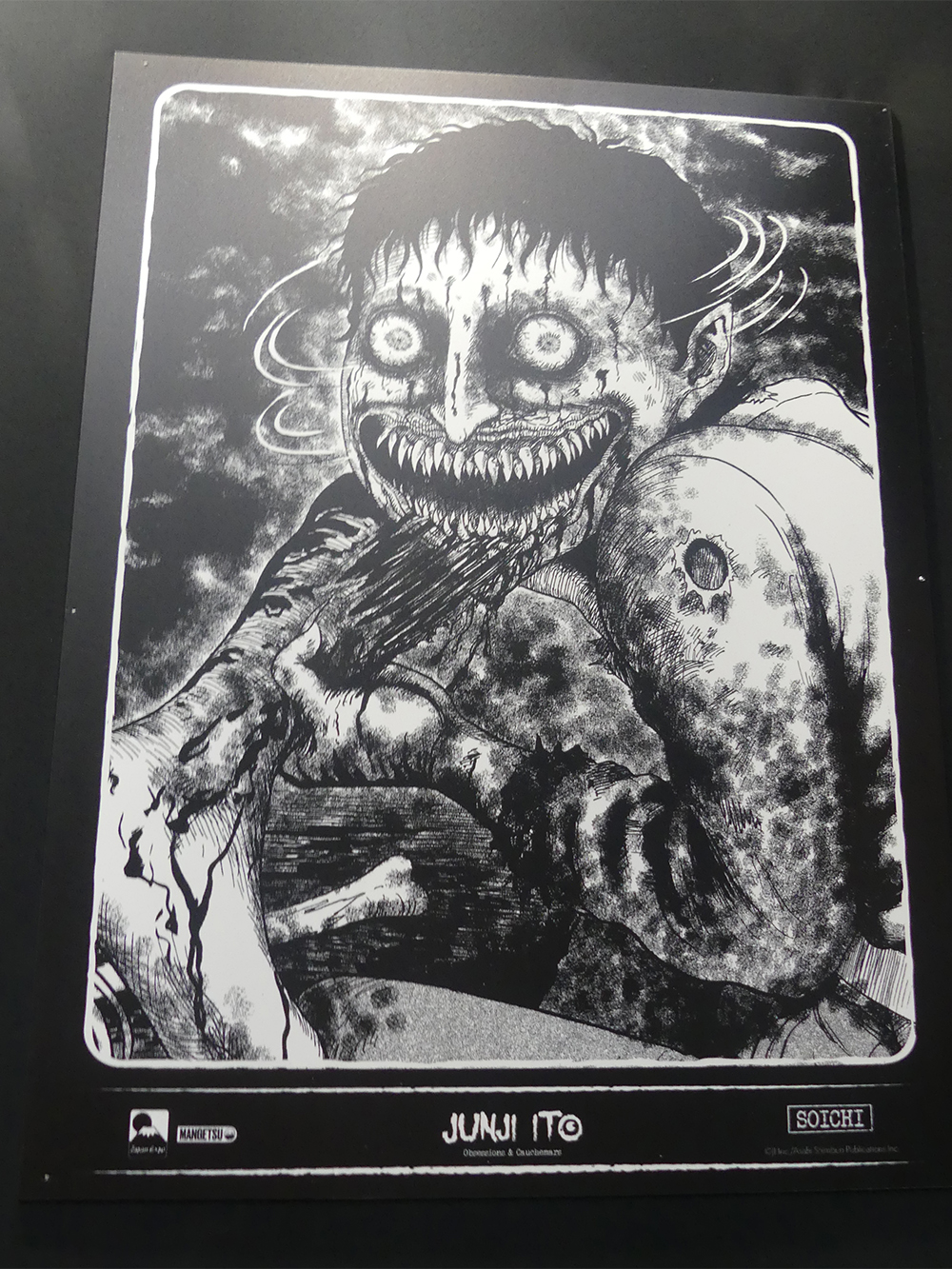
Japan Expo 2025 proved itself once again to be the ultimate European celebration of Japanese pop culture, and this year, it was unquestionably elevated by the haunting presence of horror manga master Junji Ito. As guest of honor, Junji Ito headlined the event’s most ambitious artistic showcase to date—Nightmares & Obsessions—an immersive 400 m² exhibition that transported visitors into the eerie, surreal, and deeply psychological world that has defined his decades-long career. Officially curated and produced in collaboration with Japan Expo’s organizers, this exhibition was not only a visual journey through Junji Ito’s iconic stories, but also a profound exploration of the themes, influences, and obsessions that continue to shape his work. Inspired by classic horror figures like Kazuo Umezu and literary pioneers such as H.P. Lovecraft, Junji Ito’s universe emerged fully realized across each corridor, display panel, and darkened alcove. From the moment attendees crossed the threshold into Hall 6 of the Parc des Expositions de Paris-Nord Villepinte, they were drawn into an artistic descent that blurred the line between narrative structure and physical experience—mirroring the dreamlike claustrophobia so common in his stories.
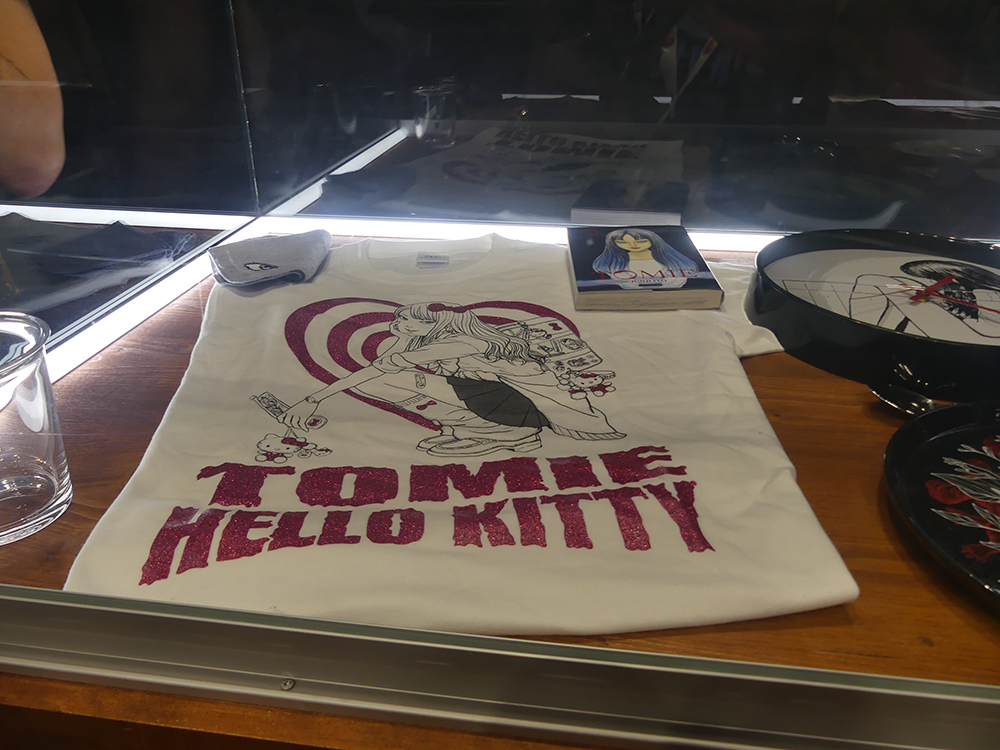
The curation of Nightmares & Obsessions was an exercise in horror immersion on an unprecedented scale. Rather than displaying artwork in standard frames and chronological order, the exhibition was built as a psychological maze. Dimmed lighting, directional sound design, and an eerie sense of isolation guided visitors through thematic rooms that dissected Junji Ito’s recurring motifs: the grotesque transformation of the human body, the terror of repetition, and the quiet terror of everyday life warped by supernatural intrusion. Works from Uzumaki, Tomie, Gyo, and numerous lesser-known one-shots were on display in both polished publication form and raw, sometimes imperfect drafts—complete with visible Wite-Out corrections, annotation marks, and original ink blots. These rarely seen pages allowed fans to witness the often chaotic nature of the creative process behind the clean, clinical terror they know so well. Visitors could examine these elements up close, often in reverent silence, while curated captions contextualized Junji Ito’s evolution as both artist and storyteller. It was a rare moment where manga, normally consumed in solitude, became a communal ritual of aesthetic fear.
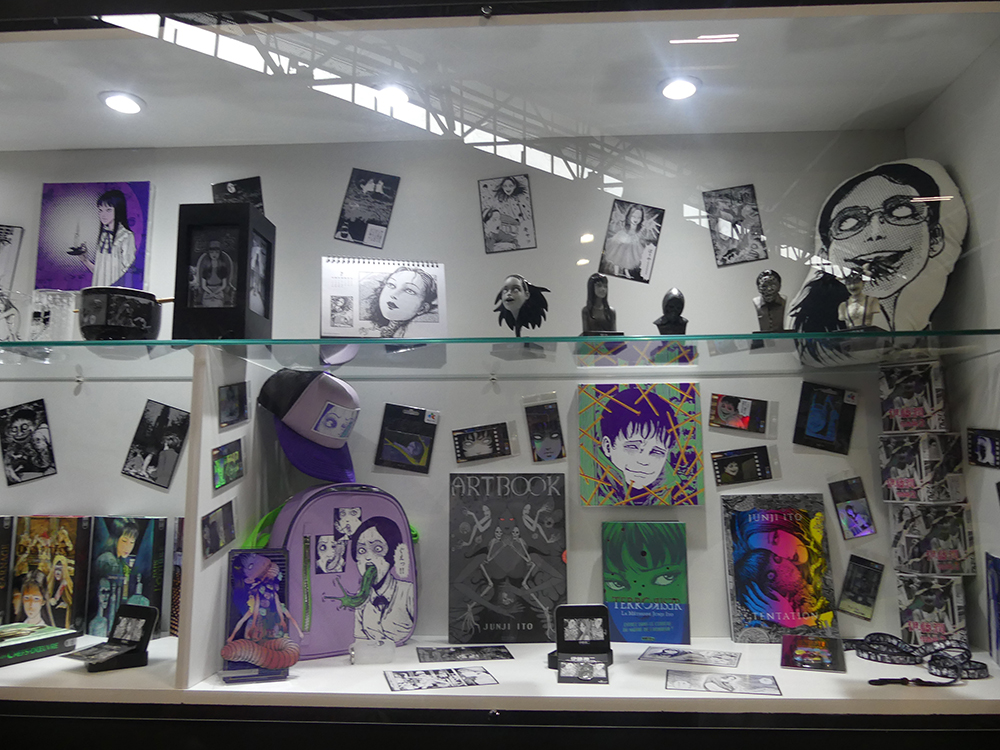
One of the most buzzworthy highlights of the event occurred on the first day, when Junji Ito, present for the full duration of the four-day Expo, sketched a new, never-before-seen image titled Tomie in Paris. Created live on-site and later revealed behind protective glass, the illustration quickly went viral on social media platforms such as X (formerly Twitter), with thousands of fans sharing and reacting to the surreal vision of Tomie—his immortal, seductive, shape-shifting creation—haunting the Parisian skyline. The moment served as a symbolic gesture: Junji Ito, always known for his intimate relationship with his readers, offered something deeply personal to a French and international fanbase that has embraced his work with cult-like fervor. The act wasn’t simply a PR stunt—it was a quiet affirmation of his global impact. Further amplifying this connection, a special meet and greet session was held on July 5, with tickets limited to a single day, priced at €120 and exclusively accessible to French-speaking fans. It included a moderated Q&A, signed memorabilia, and a photo opportunity—an event that sold out quickly and was described by participants as surreal, emotional, and better than meeting a rock star.
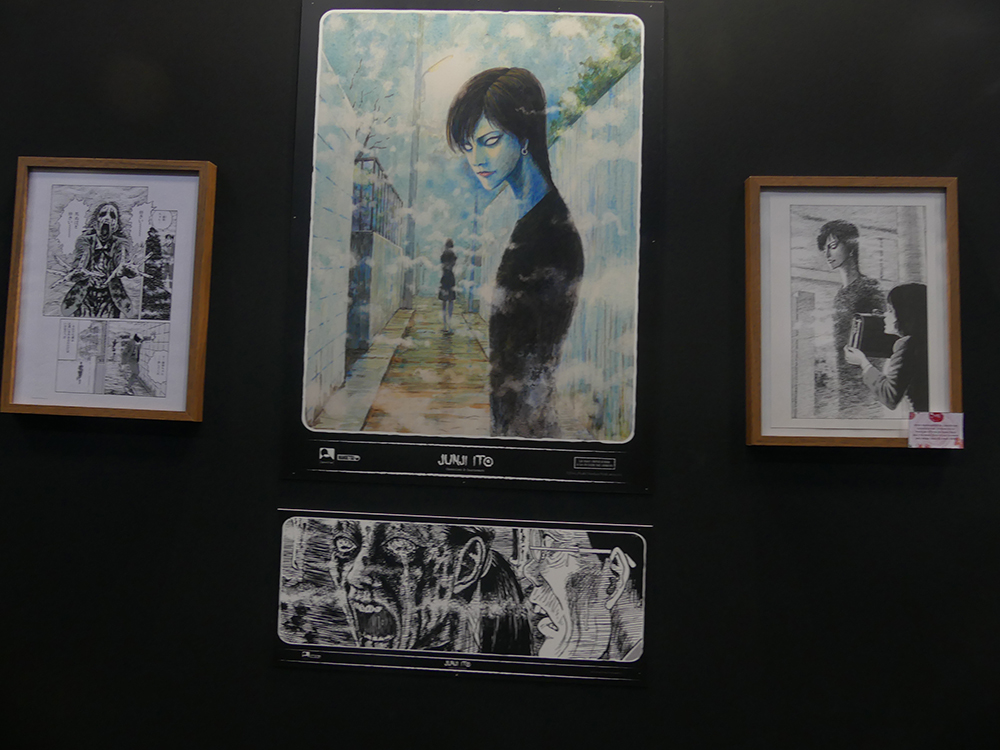
Complementing the exhibition, eight exclusive fine art facsimiles—printed from original Junji Ito pages in extremely limited numbers—were offered for €20 apiece to ticket-holders who queued in dedicated merchandise areas. These high-quality reproductions, released one per day of the Expo, were produced in partnership with his Japanese publishers and have already become prized collectibles in secondary markets. Fans were also treated to an immersive multimedia zone, where a newly recorded video interview with Junji Ito ran on loop. In the video, he reflected on his creative journey, citing everything from his childhood fascination with science and the grotesque, to the way he draws inspiration from the mundane—cracks in walls, insects, and the uncanny stillness of night. It offered a rare opportunity to hear Junji Ito contextualize his work in his own words, in a setting designed to echo the same themes of anxiety and transformation that permeate his manga.
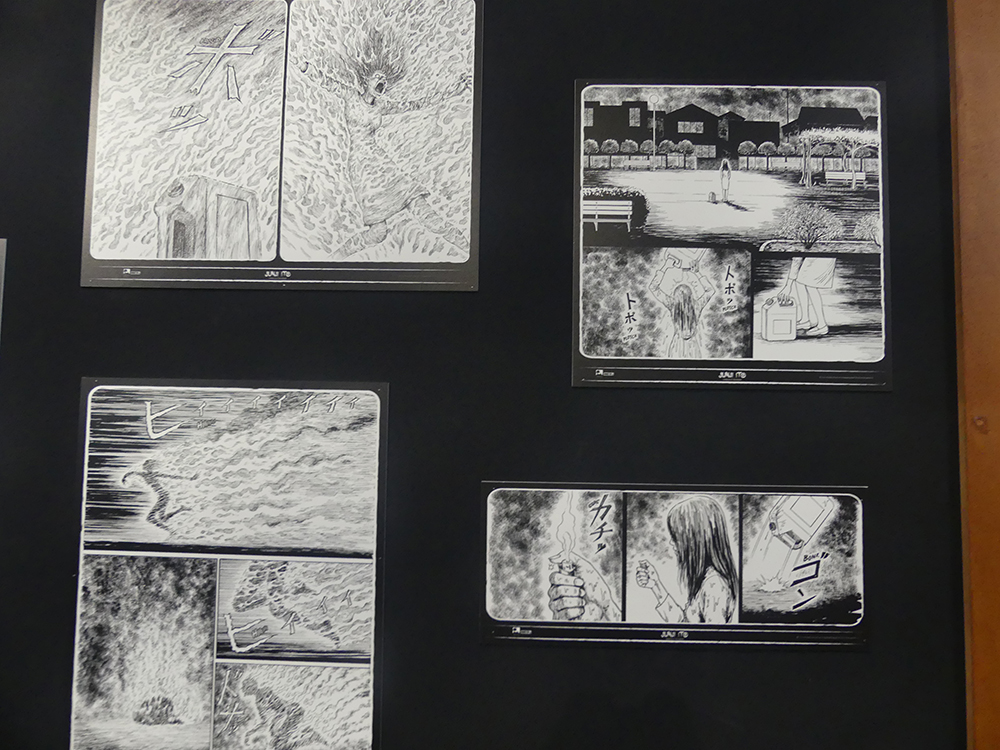
Adding to the magnitude of his presence at Japan Expo 2025, streaming giant Crunchyroll chose the event to officially announce the forthcoming anime anthology Junji Ito: Crimson, slated for release in early 2026. This new series will adapt a fresh selection of Junji Ito’s short stories—many of which have never been animated before—and will feature original music composed by iconic Japanese singer-songwriter Yumi Matsutoya. During a panel discussion on Friday, Junji Ito himself commented on the new adaptation, stating, The word ‘crimson’ reminds me of deep emotions—of blood, love, regret. It captures the tone of these stories better than anything else. The reveal was met with thunderous applause and marked a major milestone in the expansion of his legacy into mainstream global media.
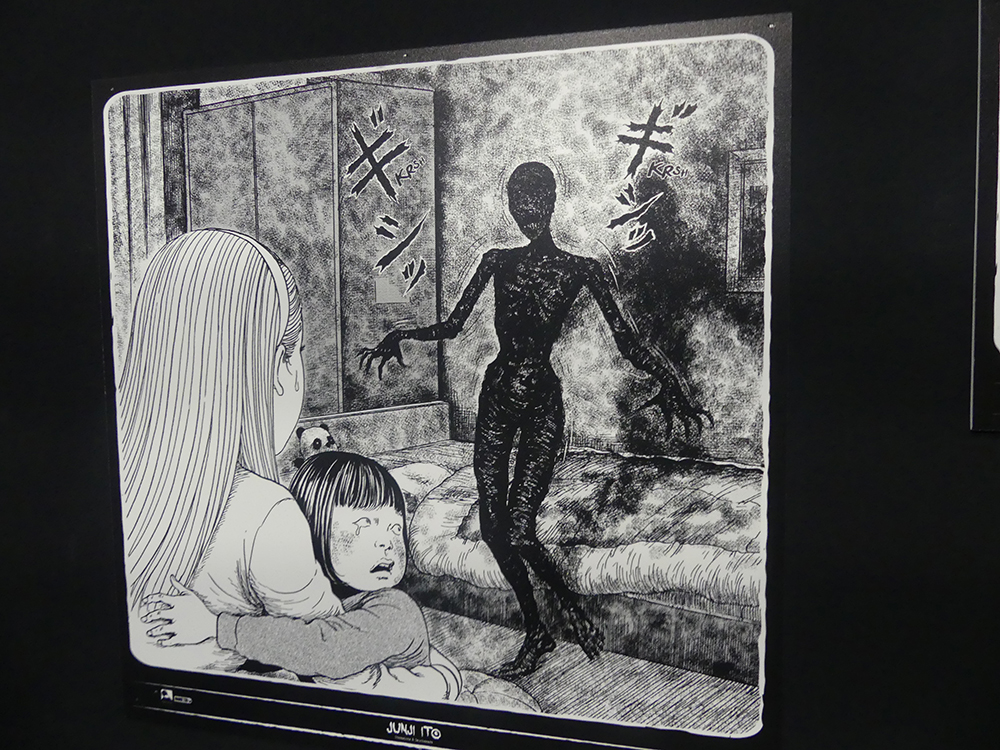
Ultimately, Nightmares & Obsessions was not just a celebration of one artist’s success, but a full-bodied, sensory experience that reinforced why Junji Ito’s work continues to captivate audiences around the world. His drawings are not merely horrific—they are poetic dissections of fear itself. And thanks to the brilliant, respectful curation of Japan Expo 2025, thousands of fans walked away with a deeper understanding of what makes Junji Ito such a singular voice in contemporary horror. The exhibition proved that the true power of horror lies not in the monster we see, but in the suggestion that it might always have been within us. This was more than just an Expo highlight—it was an unforgettable moment in the history of manga exhibitions.
You can discover our photos in our Flickr page
Photos : Boris Colletier / Mulderville

